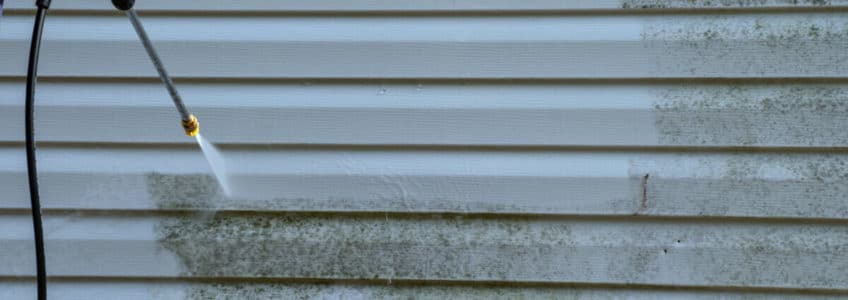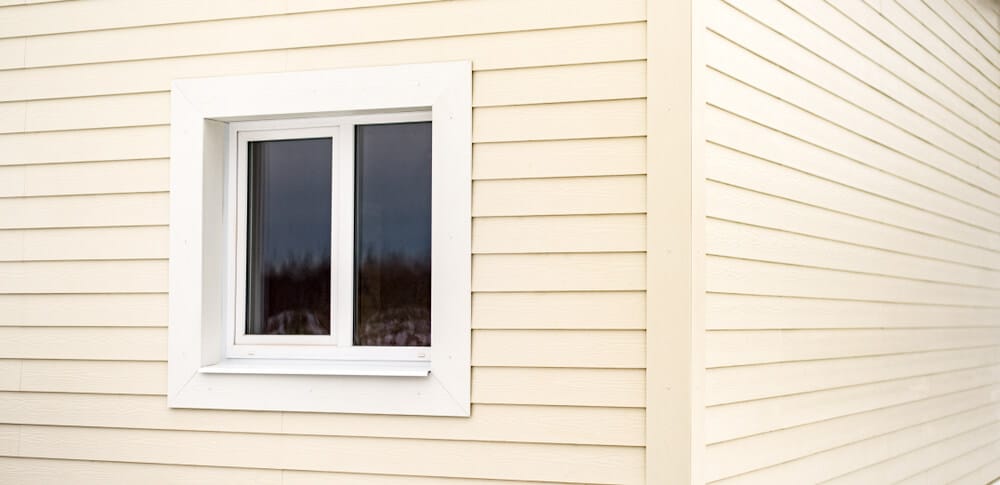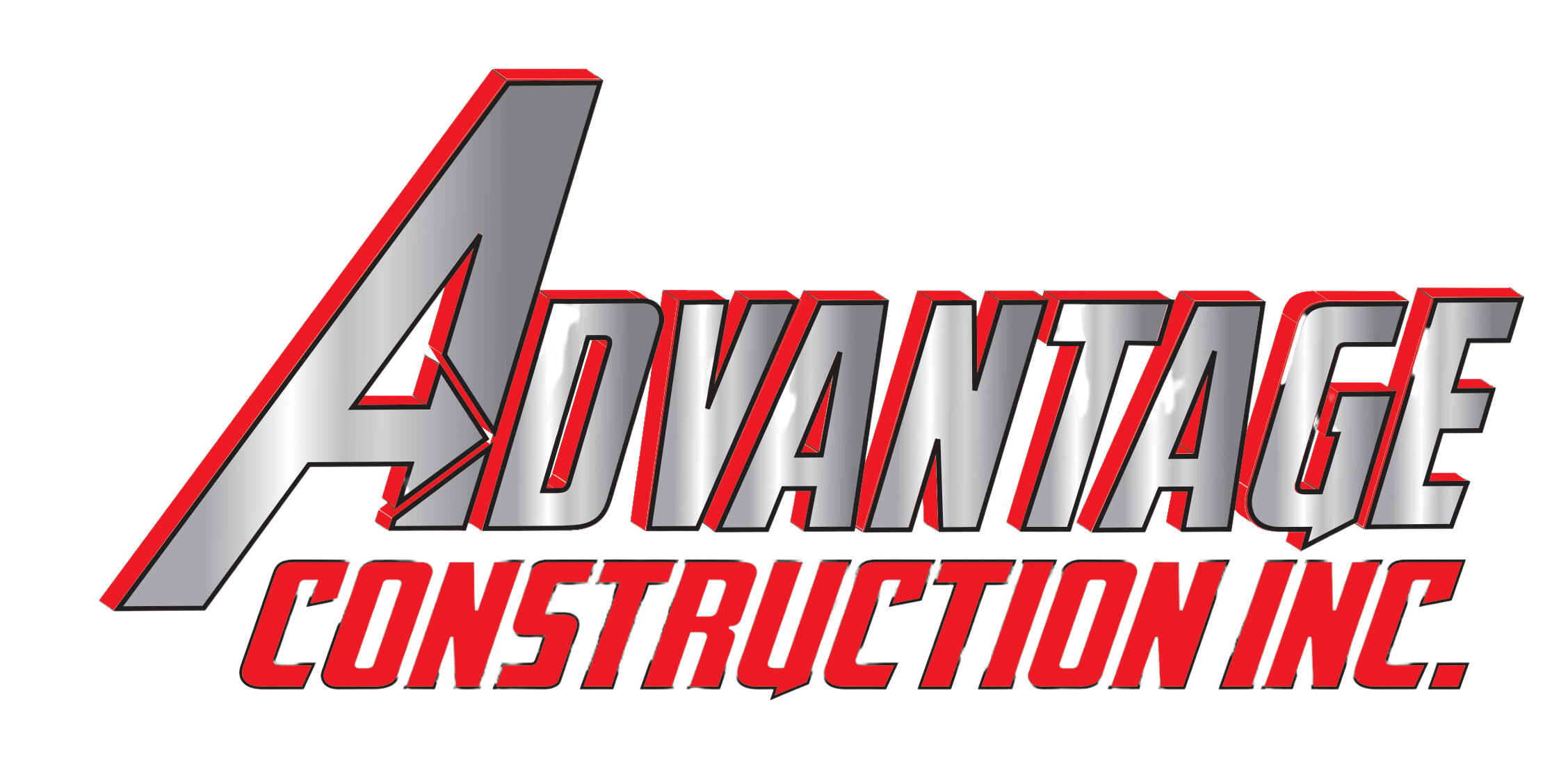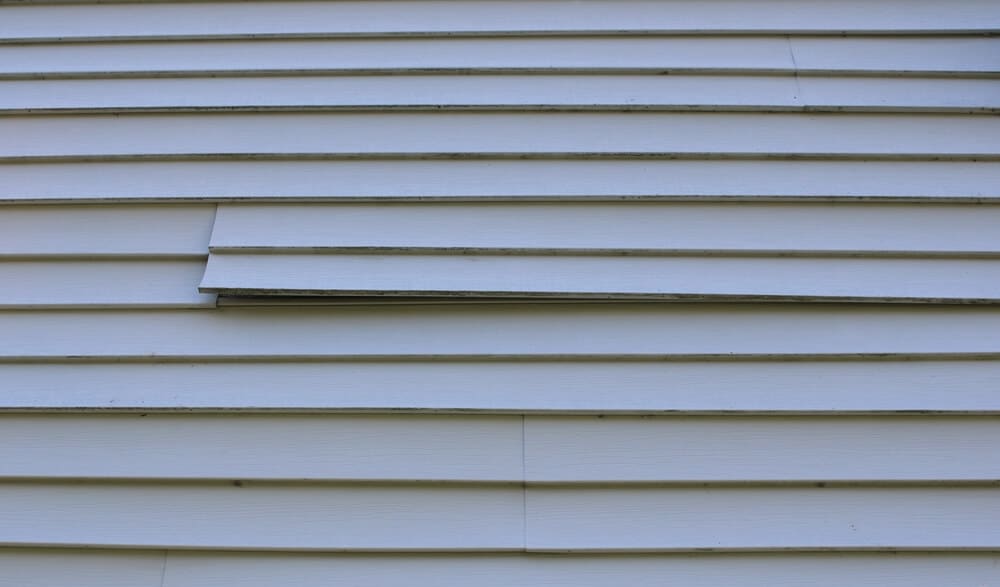
Your home’s siding serves as a protective barrier, safeguarding the internal structures from weather, pests, and external damage. Yet, like every component of a house, it’s susceptible to wear and tear. Regular inspections can unveil some common issues which, if left unchecked, can become significant problems. In this post, we’ll delve into the frequent siding problems that contractors typically encounter during inspections and provide insights on maintenance.
Importance of Regular Siding Inspections
 Protecting Your Investment
Protecting Your Investment
Your home, for many, is the most significant investment they’ll ever make. Ensuring the external shield (i.e the siding) remains intact is essential in maintaining the property’s value and ensuring longevity.
Preventative Maintenance
Spotting potential issues early on can save homeowners substantial sums of money in the long run. Addressing minor siding problems promptly can prevent more extensive repairs or replacements down the line.
Siding Problems Found During Inspections
Moisture Damage and Rot
One of the primary issues with siding, especially wood siding, is moisture penetration. Once moisture infiltrates, it can lead to rot, mold, and mildew. Rot not only weakens the siding but can also jeopardize the structural components beneath it.
Warping and Buckling
When siding materials, like vinyl, are exposed to significant fluctuations in temperature, they might warp or buckle. This phenomenon not only detracts from the home’s aesthetics but also indicates that the siding isn’t providing a tight seal against external elements.
Cracks and Holes
Over time, the exterior of a house can develop cracks or holes due to various factors like weather, accidental impact, or even pest activity. Such breaches in the siding are gateways for water and pests, leading to more comprehensive internal and external issues.
Fading and Discoloration
Though not necessarily a structural concern, fading or discoloration can suggest that the siding’s protective coatings or inherent resilience may be wearing down. This can make the material more susceptible to other damages.
Consequences of Overlooking Siding Concerns
Compromised Energy Efficiency
One of the lesser-recognized implications of damaged siding is its impact on a home’s energy efficiency. Gaps, cracks, and other imperfections can let external air seep in, making climate control efforts less effective and increasing energy bills.
Diminished Property Value
A house with visible siding issues or underlying damage due to neglected siding complications can significantly reduce the property’s market value. Prospective buyers often consider exterior aesthetics and the anticipated repair costs when making an offer.
Amplified Repair Costs
Allowing minor siding problems to escalate can result in more extensive, more expensive repairs in the future. For instance, a small crack that might have been a simple patch job can evolve into a full siding panel replacement if moisture causes widespread rot.
Conclusion

If you ever have questions about your siding or need professional guidance, feel free to contact us. We’re here to help ensure your home’s exterior remains in top condition. Contact Advantage Construction today to learn more about common siding problems found during inspections.

 Protecting Your Investment
Protecting Your Investment